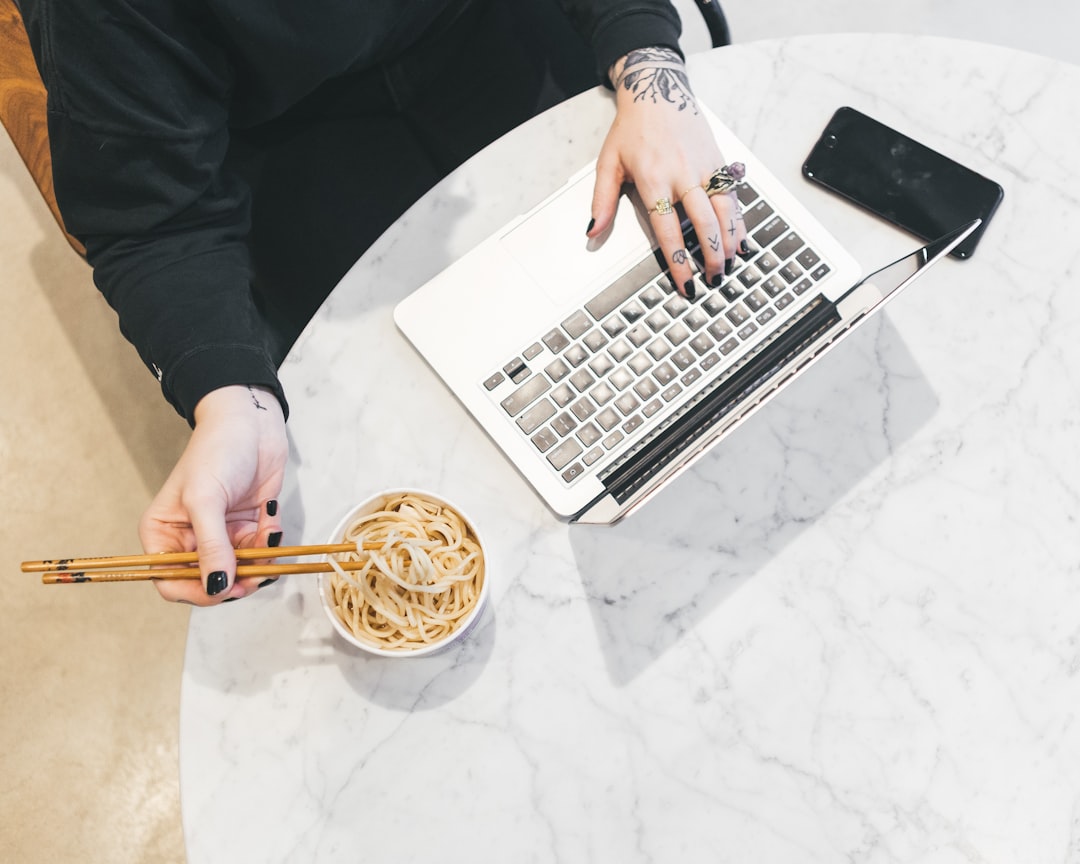What is it about?
In this article, we investigated whether aesthetic preferences for colored objects are stable or change over time. Participants rated the beauty of various colored objects five times, once with a 20-minute gap and then at 4 weekly intervals. We found that participants' aesthetic preferences for the same objects changed significantly between the five sessions. Additionally, we found that this instability was more pronounced for some participants than others. These findings suggest that aesthetic preferences for colored objects are not fixed but rather fluctuate over time, and this fluctuation can vary between individuals.
Featured Image

Photo by Maria Teneva on Unsplash
Why is it important?
Our results have important implications for researchers studying aesthetic values. Specifically, our findings suggest that researchers should be cautious when interpreting changes in aesthetic preferences as evidence of learning or other factors. Instead, they should rule out the possibility that changes are simply due to the instability of aesthetic preferences. Additionally, our findings highlight the importance of individual differences in the stability of aesthetic preferences and the need for more research in this area.
Perspectives
There is increasingly more empirical evidence that our aesthetic preferences change over time. While it has taken the field some time to come to this perspective, it is a foregone conclusion in everyday life. We are all not the same individuals from year to year, month to month, or even day to day, so it is natural that our aesthetic preferences change accordingly as well. In fact, considering the functional and contextual dependence of aesthetic preferences, changes should be expected within very narrow timeframes. Accepting this position, there are many exciting new open questions, such as the differences in change across objects, and modalities, as well as differences across individuals, cultures, and those with neurodivergent profiles.
Hassan Aleem
Loyola University Chicago
The saying that "Beauty is in the eye of the beholder" means that what is beautiful is different for each of us. Therefore, individuality is a hallmark of the sense of beauty. This article expands on the lack of universality of beauty by showing that even in single individuals, what is beautiful is changing all the time. In a sense, this must be so because what is beautiful to each of us depends on our experiences and cultures, which are constantly changing. Thus, what is beautiful to each of us is also in flux.
Norberto Grzywacz
Loyola University Chicago
Read the Original
This page is a summary of: The temporal instability of aesthetic preferences., Psychology of Aesthetics Creativity and the Arts, April 2023, American Psychological Association (APA),
DOI: 10.1037/aca0000543.
You can read the full text:
Resources
Contributors
The following have contributed to this page










